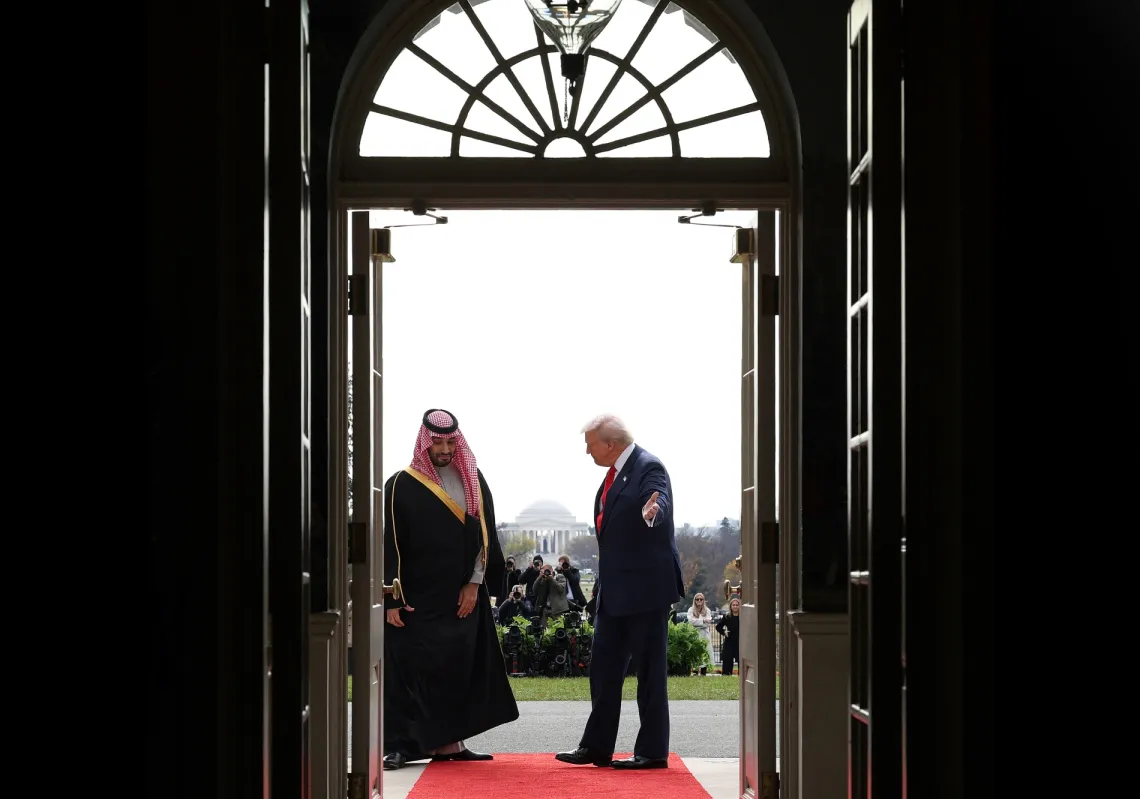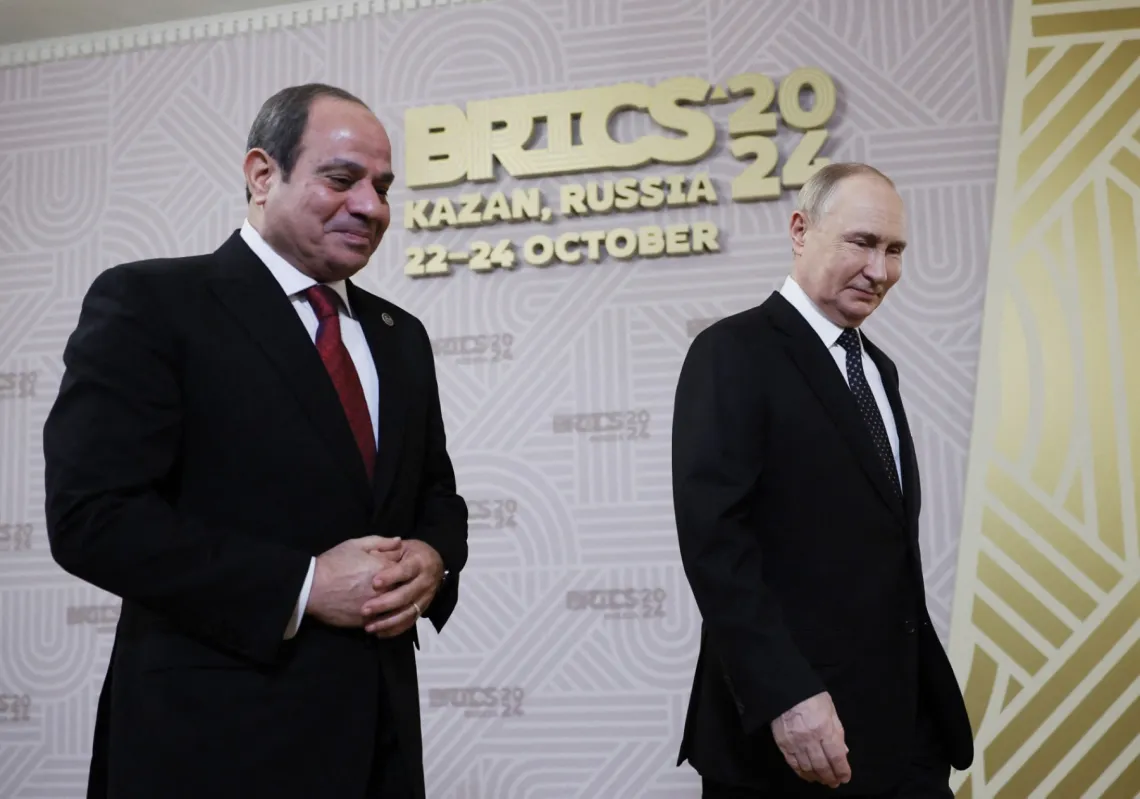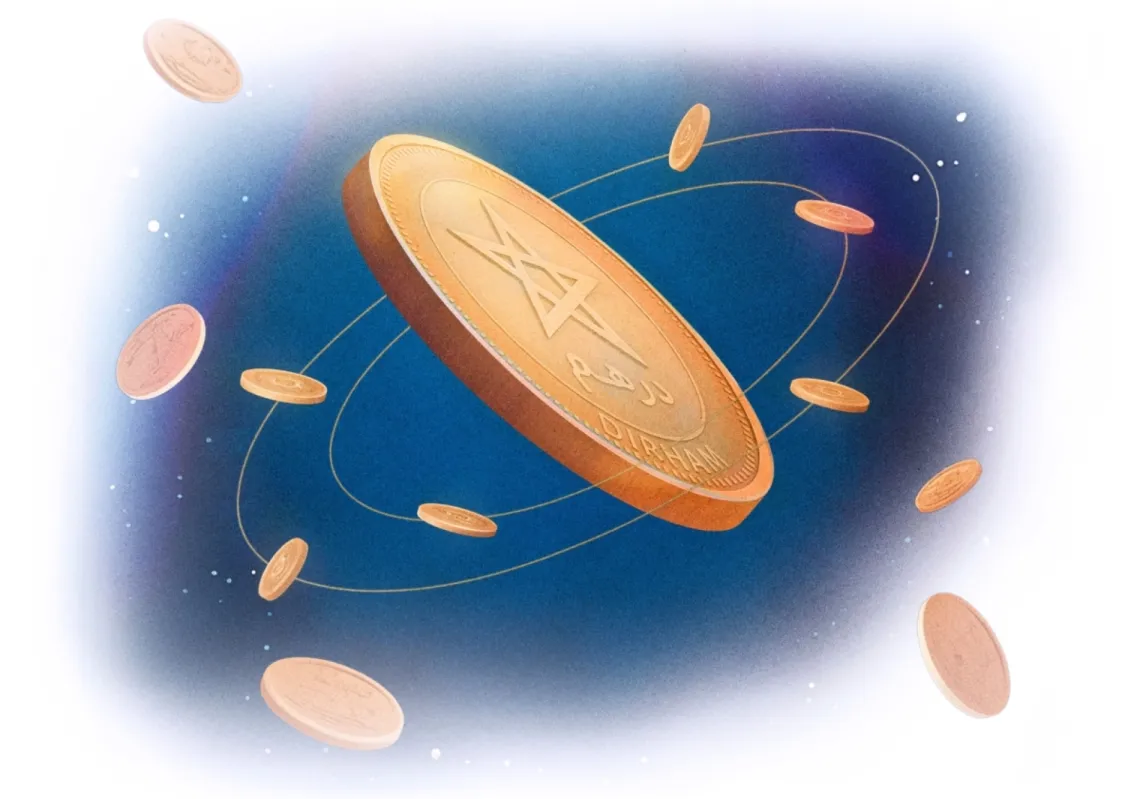Iraq’s geography is both a blessing and a curse.
In many ways, it's strategic. A gateway between Asia and Europe, it is the land bridge between Saudi Arabia and Iran, two of the Middle East’s power centres, and between the Arabian Gulf and Turkey.
Endowed with lucrative hydrocarbons, it has a small 50km coast—just enough to avoid it being a large, landlocked reserve. Along that coast is its deepwater port at Al Faw. From here, its energy exports pass through the Arabian Gulf, round the Gulf, up the Red Sea, and through the Suez Canal to the Mediterranean and its European customers. Therefore, Iraq’s economic lifeline is heavily dependent on peace in the surrounding waters and good relations with its neighbours who patrol them.
A new route north
Given Iraq’s geography, transporting goods over its vast landmass north to Turkey and then Europe is a viable option, but it presents security and economic issues. This is where Iraq hopes its Development Road will help. A 1,200km twin rail-and-road transport corridor beginning at the Grand Faw Port would pass through Basra (the country’s main oil field) and other oil-rich regions, then head north to Iraq’s border with Turkey.
Having secured support from Iran and Turkey, Iraq sees the Development Road as an economic Eurasian trade route alternative to the Suez Canal and the emerging US-led India-Middle East-Europe Economic Corridor (IMEC).
If the project is successfully executed, it would substantially boost domestic employment and facilitate transcontinental trade. New special economic zones and cities focused on green development would drive growth and let Iraq start to transition away from oil.
However, the Development Road faces challenges, not least because decades of war have broken Iraq's political cohesion. As a potential Eurasian trade corridor, the free flow of goods must be protected by a strong security architecture.
Who will provide such a guarantee? Who has the political will to execute such a huge project through different leaderships and administrations?

Assessing viability
The success of the Development Road hinges on robust trade growth between Asia and Europe, specifically China and Europe, but in recent months, Europe has begun to deploy tariff schemes on Chinese electric vehicles (EVs).
According to some assessments, only modest trade growth is forecast between China and the European Union in the coming decade, an increase of less than 2.8% by 2032.
If the chief exporter and importer use any new Development Road trade modestly with each other, the financial viability and sustainability of such a massive infrastructure development project will be called into question.
As to whether Iraq's Development Road is a substitute or a complement to China's Belt and Road Initiative (BRI), it is the latter. China's BRI seeks to revamp Eurasian trade by creating infrastructure linkages and trade corridors where none existed. Today, Eurasian continental rail networks already shuttle goods from the east coast of China through Central Asia to Western Europe.
Competition
The BRI connects land corridors from southwest China to Pakistan's Gwadar Port, where goods sail through the Suez Canal to Western Europe. So, while "all roads lead to Rome," no road is exclusive. With a potential Iraq-Turkey transport corridor, Chinese goods could go from Pakistan's Gwadar Port directly up the Arabian Gulf to the Grand Faw Port. This would make Chinese goods faster and cheaper than goods from its global competitor, India.
The Iraq-to-Turkey Development Road has its competitors, namely the equally ambitious India–Middle East–Europe Economic Corridor (IMEC) led by the US. This multi-modal transport corridor seeks to facilitate trade linkages between India, the Gulf (including the United Arab Emirates and Saudi Arabia), Israel, and Europe. Each contributes something. Europe is the end market, Israel is a technology leader, India is a global manufacturing hub, and the Gulf is a source of funding.
Given India's rising global stature and the economic complementarity of the countries engaged, the IMEC may usher in a new paradigm for global trade. Running nearly in parallel, the Development Road and the IMEC will compete head-on.
Unless the world's geopolitics undergo seismic shifts, the IMEC is best placed to facilitate trade from India to Europe, while the Development Road is best placed to carry goods from Russia and China.

Read more: All you need to know about the India-Middle East-Europe Economic Corridor
Reasons for wariness
China is taking a cautious approach to Iraq's Development Road. Beijing has some of the world's most sophisticated infrastructure engineering and construction expertise owing to its enormous BRI projects over the past decade. From the New Administrative City in the middle of the Egyptian desert to the architectural innovation at Neom in Saudi Arabia, China's engineering footprint can be seen across the world.
In Iraq, China has actively participated in the post-war reconstruction. For instance, it is the largest builder of Iraq's power stations, delivering power capacity of over 6,200 MW, including the power station in Basra. Chinese companies have also developed oil and LNG facilities, water treatment factories, airports, and schools. This has helped make China Iraq's largest trading partner. The pair have upgraded their diplomatic relations to a 'strategic partnership'.
Despite all that, China is treading carefully over the $17bn Development Road initiative for several reasons, not least because of a potential conflict of standards.
Funding and security
Daewoo, a South Korean company, won the $2.6bn construction contract for the Grand Faw Port—the starting point of the Development Road—while European companies were tasked with most of the feasibility studies. Differences in construction and engineering standards between the West and China could potentially impose additional project costs and delays.
Another reason is that the project's financial viability is uncertain. Construction of the Grande Faw Port has been delayed to 2025, and the costs have exceeded the original budget. With 15 planned stops along the Development Road, this does not bode well.
Iraq plans to pay for the construction with oil receipts, but China is not convinced that its oil revenue will cover the infrastructure financing, given that this is a twin rail-and-road transportation system across a vast distance.

China also has lingering doubts about the political and security risks posed to a huge infrastructure project. Baghdad's inefficiency will impede implementation, as will rent seeking from regional governments without transparency and accountability.
Instability within the Iraqi government, together with armed militias in Iraq's northern Kurdistan region (where the Development Road passes), may suggest the possibility of road and rail closures if violence erupts.
Beijing's better offers
A final reason for China's lack of enthusiasm is simply that it has alternatives. In June, China, Uzbekistan, and Kyrgyzstan agreed to construct a railway connecting Xinjiang's Kashgar, across southern Kyrgyzstan, to eastern Uzbekistan.
The new railway, costing a mere $5bn, would then connect to existing rail networks to Turkey and Western Europe. Importantly, it would bypass the more geopolitically contentious regions, including Iraq and the Red Sea.
China will feel that this is not only more financially palatable, but less risky from a security perspective, with more controlled variables when it comes to construction completion.
The assumption that China will automatically embrace the Development Road because of growing trade and investment relationships in the region may therefore need to be reviewed. It is risky, costly, and potentially high maintenance. Beijing may likely feel there are plenty more fish in the sea.










